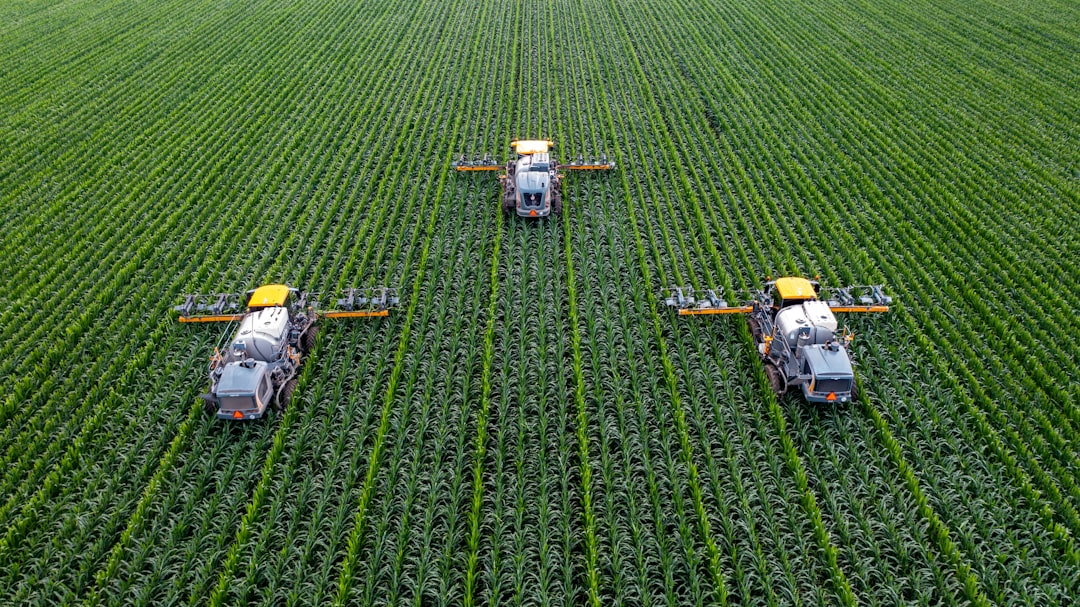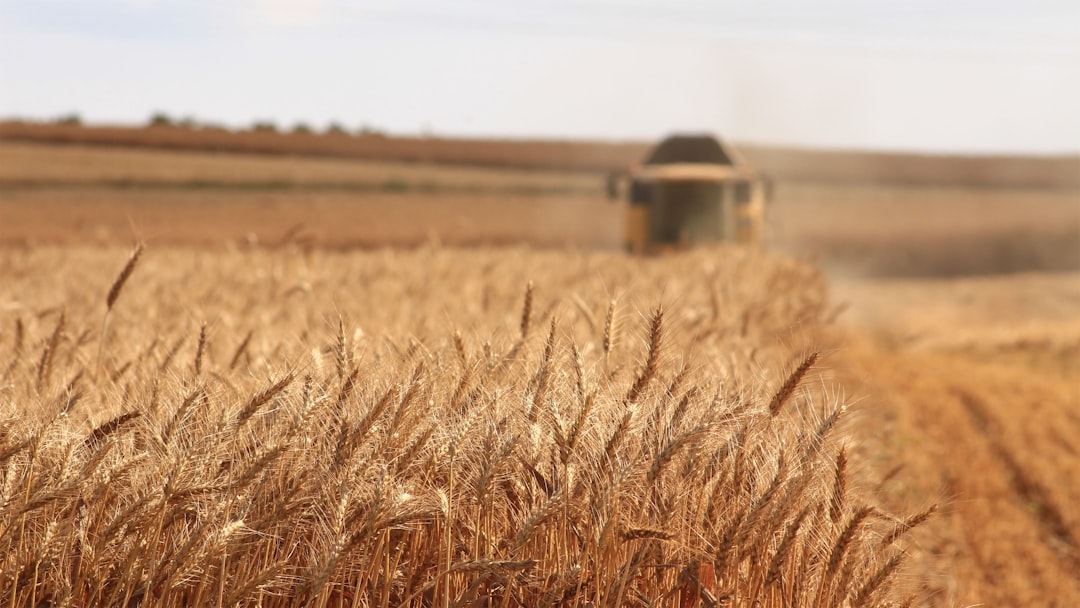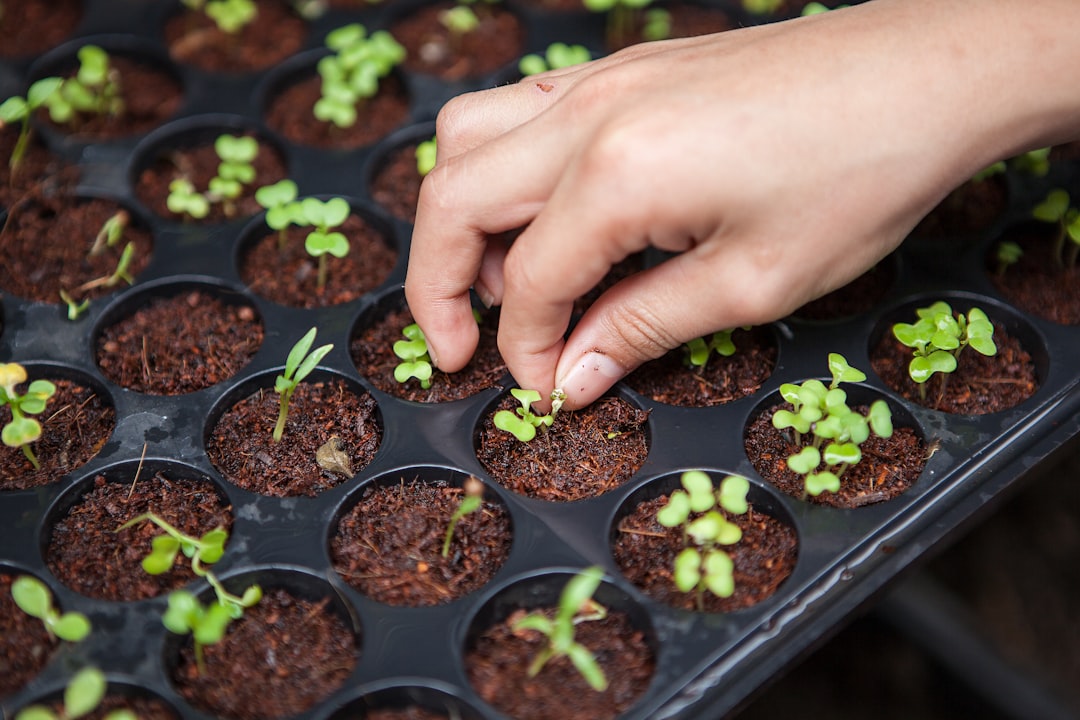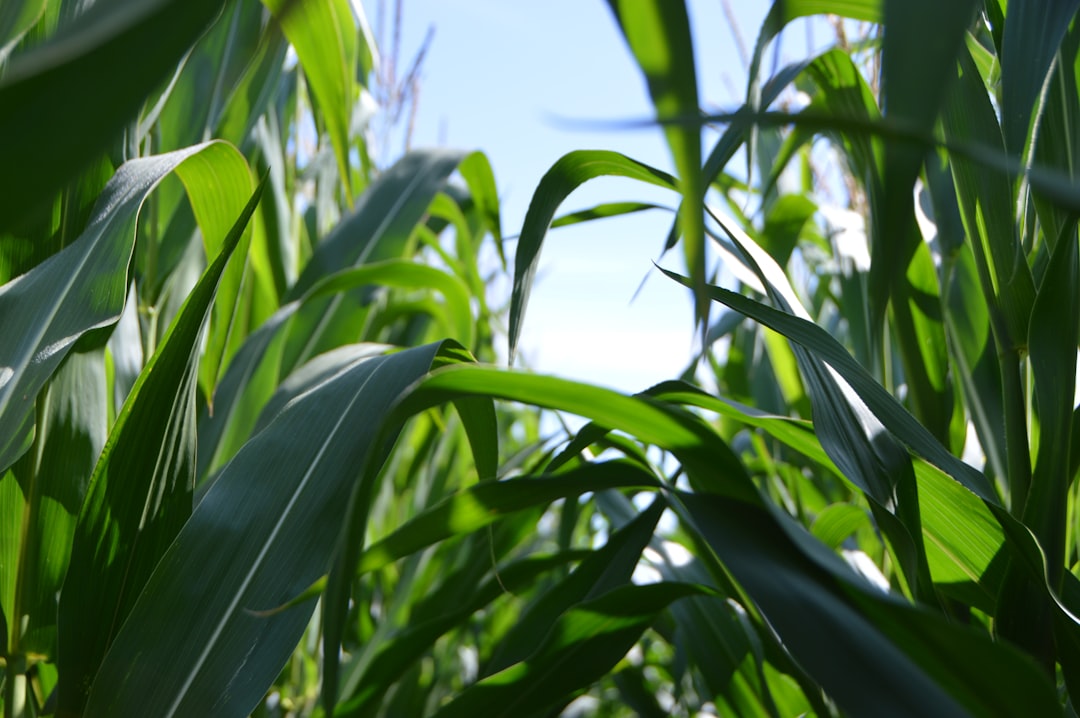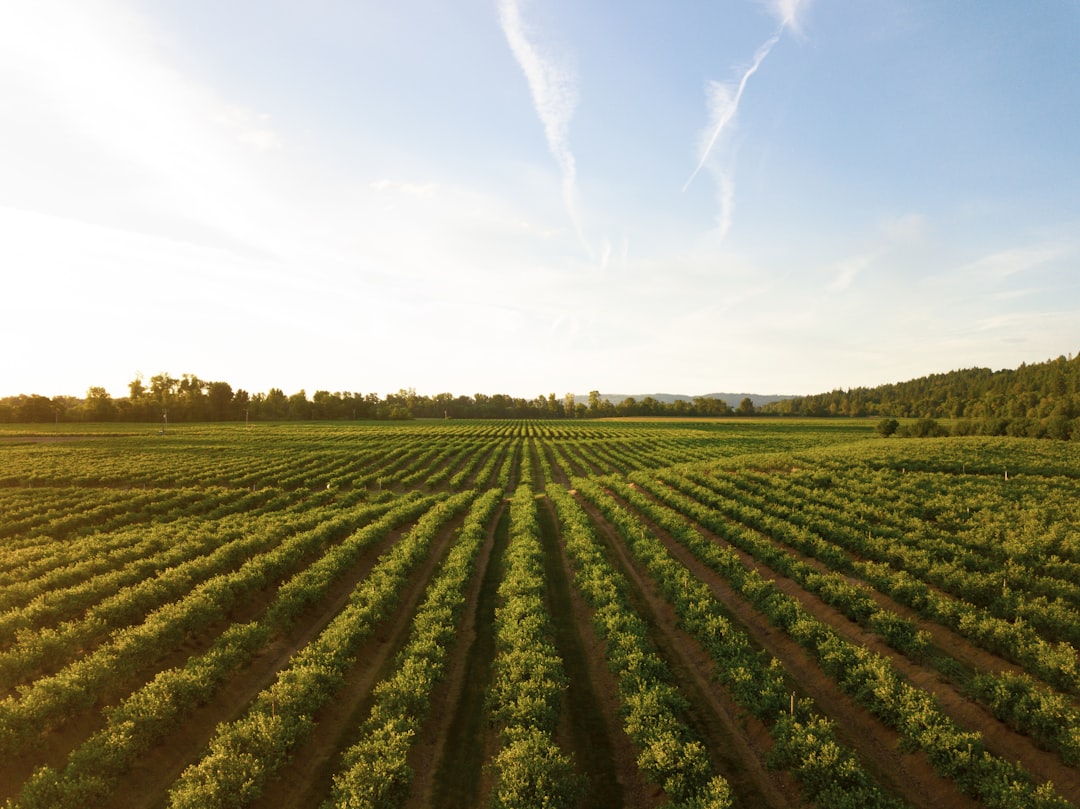The agriculture industry has come a long way in recent years, with the implementation of innovative technologies aimed at improving yield, efficiency, and sustainability. One such technology is artificial intelligence, which is transforming the ways in which we approach farming and agribusiness.
But why does AI matter in agriculture? The answer is simple: feeding a growing global population while ensuring sustainability is a monumental task, and traditional farming methods simply aren’t equipped to keep up. By leveraging the power of AI, we can make more informed decisions and optimize agricultural practices in ways that were simply not possible before.
From data analysis to robotic farming techniques, AI has the potential to revolutionize the agriculture industry and address some of the most pressing challenges facing the world today. In this blog post, we’ll explore the ways in which AI is already being implemented on farms around the world and discuss its potential impact on the future of farming.
Ground Truth: The Importance of Data Collection and Analysis
In any industry, having access to accurate and comprehensive data is crucial for making informed decisions. In agriculture, data collection and analysis are essential components of successful farming practices. This is where Artificial Intelligence (AI) can bring significant advantages to the agricultural industry.
The concept of “ground truth” refers to the process of collecting accurate and reliable data on the specific conditions and variables that affect crop growth and yield. AI-powered tools can be utilized to collect and analyze vast amounts of data, including weather patterns, soil quality, and crop performance, to provide farmers with important insights and recommendations.
AI-based systems can help farmers to identify patterns and trends that may not be visible to the naked eye or that may take too long to detect manually. This data can then be used to determine when to plant, when to harvest, and how to manage pests and diseases.
One of the most significant benefits of AI-powered data analysis is the ability to predict crop yields and make informed decisions regarding resource allocation. For example, if an algorithm predicts a low yield, farmers can adjust irrigation rates or fertilizer applications accordingly, thereby optimizing resources and preventing unnecessary waste.
In addition, AI can assist in providing a snapshot of real-time crop health, detecting emerging issues, and even providing recommendations for corrective action before problems occur. This helps farmers to take a proactive approach to crop management, which results in healthier, more productive yields.
Furthermore, the utilization of AI and machine learning algorithms can help farmers tailor their crop management strategies based on the unique needs of each crop or field, further improving crop yields over time.
In conclusion, ground truth data collection and analysis are essential components of modern agriculture. With the use of AI and machine learning, this process can be streamlined, providing farmers with valuable insights into crop health and yield optimization. By utilizing AI in agriculture, farmers can make informed decisions that help to improve sustainability and profitability while reducing resource waste.
AI-based systems can help farmers to identify patterns and trends that may not be visible to the naked eye or that may take too long to detect manually.
Plant Doctor: AI-powered Crop Management Systems
In agriculture, identifying and diagnosing crop diseases can be a challenging task. Farmers need to quickly detect and find solutions to remedy crop diseases before they spread and destroy their crops. With AI-powered systems, such as the Plant Doctor, farmers can make timely decisions and implement effective management practices to safeguard their crops.
The Plant Doctor system combines machine learning techniques with image recognition technology to help farmers detect and diagnose crop diseases. By analyzing digital images of crops, their leaves, and fruit, the system can determine whether the plants are healthy or diseased, and recommend appropriate measures to prevent the diseases from spreading.
The system does not only help detect diseases; it can also provide recommendations on the appropriate fertilizers, herbicides and pesticides to use, according to the plant’s specific needs. It uses predictive modeling to analyze weather patterns, soil conditions, and other factors that may impact crop growth, and provide real-time advice to farmers.
AI-powered crop management systems like Plant Doctor are game-changing technologies for agriculture. They not only help farmers avoid crop losses, but also reduce their expenses by minimizing the amount of fertilizers, pesticides, and herbicides used. These systems also help farmers with the decision-making process, saving them valuable time and energy, which they can use to focus on other critical aspects of their farming activities.
With AI-powered systems like the Plant Doctor, farmers can enjoy increased yields, resulting in more food for the growing population. They also get to save on resources and minimize the environmental impact of their farming practices.
In summary, the power of AI in agriculture is not limited to crop monitoring and analysis, but extends to crop management systems such as the Plant Doctor. These systems provide farmers with the necessary tools to detect and diagnose crop diseases, provide customized recommendations, and improve the efficiency of their farming operations. The next part of this outline will delve into precision farming and robotic techniques.
Plant Doctor: AI-powered Crop Management Systems
In agriculture, identifying and diagnosing crop diseases can be a challenging task.
Green Thumb: Precision Farming and Robotic Techniques
Precision farming and robotic techniques are game-changing innovations that are transforming the agriculture industry, allowing farmers to make more informed decisions and manage their crops more efficiently. With the help of AI-powered technology, growers can adjust planting, irrigation, fertilizer usage, and harvesting based on real-time, accurate data.
One key benefit of precision farming is the ability to apply inputs only where and when they are needed. This targeted approach can reduce costs, optimize yield, and minimize waste. For instance, with the help of sensors and algorithms, farmers can monitor soil moisture levels, detect pest infestations, and predict weather patterns, allowing them to take proactive measures to prevent crop loss.
Another exciting development in agriculture is the use of robots, drones, and autonomous vehicles to carry out farming tasks. Robotics offers a range of benefits, including increased precision and accuracy, improved speed and efficiency, and reduced labor requirements. For example, robots can precisely plant crops in straight rows, remove weeds without harming nearby plants, and harvest fruits and vegetables without damaging them. Drones can be used to survey vast areas of farmland quickly and inexpensively, providing farmers with a detailed and accurate picture of crop health and condition.
AI-powered precision farming tools and robotic techniques offer an unprecedented level of control and accuracy, enabling growers to optimize crop growth and maximize yields. As the technology continues to improve and become more accessible, we can expect to see even more innovative applications emerging in the near future, further revolutionizing the industry.
However, it is important to note that while AI and robotics offer exciting possibilities for agriculture, we need to ensure that these advances are used in a sustainable and ethical manner. The long-term future of farming depends on our ability to balance technological innovation with respect for the environment and the social impacts of our actions.
In conclusion, precision farming and robotic techniques are set to transform the agriculture industry in ways we could not have imagined just a few years ago. With the help of AI, farmers can become more efficient, productive, and profitable, all while reducing their impact on the environment. By leveraging the power of these innovations, we can usher in a new era of sustainable and responsible agriculture that benefits everyone.
With the help of AI, farmers can become more efficient, productive, and profitable, all while reducing their impact on the environment.
Future of Farming: AI’s potential for improving the agriculture industry
As we look towards the future of farming, it’s clear that AI will play an increasingly important role in revolutionizing the industry. With continued innovation and advancements, AI has the potential to improve agriculture in numerous ways. Here are just a few examples:
Optimized Crop Yields
AI has the ability to analyze vast amounts of data, including weather patterns, soil composition, and plant genetics. With this information, farmers can make informed decisions about planting strategies, irrigation needs, and fertilizer application. AI can also monitor crop growth and detect early signs of disease or pest infestations, allowing farmers to respond quickly and prevent further damage. By optimizing crop yields and minimizing waste, AI technology can help feed a growing global population.
Reduced Costs and Labor
Precision farming and robotic techniques, which we discussed in Part 4 of this series, are made possible through the use of AI. By automating tasks such as planting, harvesting, and fertilizer application, farmers can reduce labor costs and improve efficiency. Robotic systems can also work around the clock, allowing for 24-hour harvesting and monitoring. Reduced labor costs mean that farmers can invest in other areas of their farm, such as infrastructure improvements or sustainable practices.
Increased Sustainability
As we discussed in the introduction and conclusion of this series, sustainable farming practices are essential to protecting our planet and ensuring a healthy future for generations to come. AI has the potential to play a key role in sustainable agriculture, by reducing waste, conserving resources, and minimizing the use of harmful chemicals. By optimizing crop yields, AI can help reduce the amount of land needed for farming, preserving natural habitats and protecting biodiversity.
Improved Food Safety
AI can also improve food safety by detecting contaminants, pathogens, and other potential hazards. With advances in machine learning, AI systems can quickly analyze data from multiple sources to identify potential health risks. This can help prevent foodborne illnesses and protect consumers.
In conclusion, the potential of AI in agriculture is vast and far-reaching. From optimized crop yields to improved food safety, AI has the potential to revolutionize the way we farm and feed a growing global population. However, it’s important to remember that sustainable practices must be at the core of these advancements, to ensure that the benefits of AI are realized without harming our planet.
With this information, farmers can make informed decisions about planting strategies, irrigation needs, and fertilizer application.
Conclusion: The Promise of AI and the Need for Sustainable Farming Practices
As we have seen in the previous sections, AI has the potential to revolutionize the way we practice agriculture. By using AI technologies, farmers can collect and analyze vast amounts of data about their crops, implement precision farming techniques, and automate many tasks traditionally done by human labor. All of this can lead to increased yields, improved efficiency, and better resource management.
However, it is important to note that AI is not a panacea for all the challenges faced by the agriculture industry. Despite its remarkable potential, AI cannot solve issues like climate change or soil degradation on its own. There is a need for sustainable farming practices that balance economic, social, and environmental factors.
Sustainable agriculture aims to produce food in a way that maintains the health of ecosystems, conserves natural resources, and supports local communities. It involves practices like crop rotation, intercropping, integrated pest management, and reduced tillage. By embracing sustainable farming practices, farmers can reduce negative impacts on the environment and improve the resilience of their operations.
In conclusion, AI can revolutionize the agriculture industry, but it is not a substitute for sustainable farming practices. Just as AI can help us make better decisions about our crops, we must also make better decisions about how we use the land resources we have. By combining the power of AI with sustainable farming practices, we can build a more efficient, resilient, and sustainable agriculture industry for the future.
Conclusion: The Promise of AI and the Need for Sustainable Farming Practices
When we think about the future of agriculture, Artificial Intelligence (AI) is a significant factor that comes to mind. The technology has been used in various applications, such as crop management, soil analysis, and pest detection. AI is revolutionizing the way farmers grow crops, increasing efficiency, and reducing waste.
One of the most significant benefits of AI in agriculture is the reduction of costs and environmental impact. With AI-powered crop management systems, farmers can save resources by optimizing their usage, reducing the amount of water and fertilizer needed, and minimizing soil erosion. The technology also helps reduce waste by improving harvest accuracy and quality.
Despite the promises of AI, it is important to remember that sustainable farming practices are just as crucial. The agriculture industry has a significant impact on the environment, and without sustainable practices, the benefits of AI would be short-lived.
Some practices that farmers can adopt include using organic fertilizers, reducing the use of pesticides, and maximizing land usage. By focusing on sustainable agriculture practices, we can ensure that AI in agriculture will lead to long-term positive effects.
In conclusion, AI brings endless potential to the agriculture industry, making it possible to achieve sustainable farming practices while boosting efficiency and reducing environmental impact. As technology continues to advance and improve, we have a chance to create a more sustainable future. With responsible implementation and innovative solutions, the benefits of AI can be realized for generations to come.

